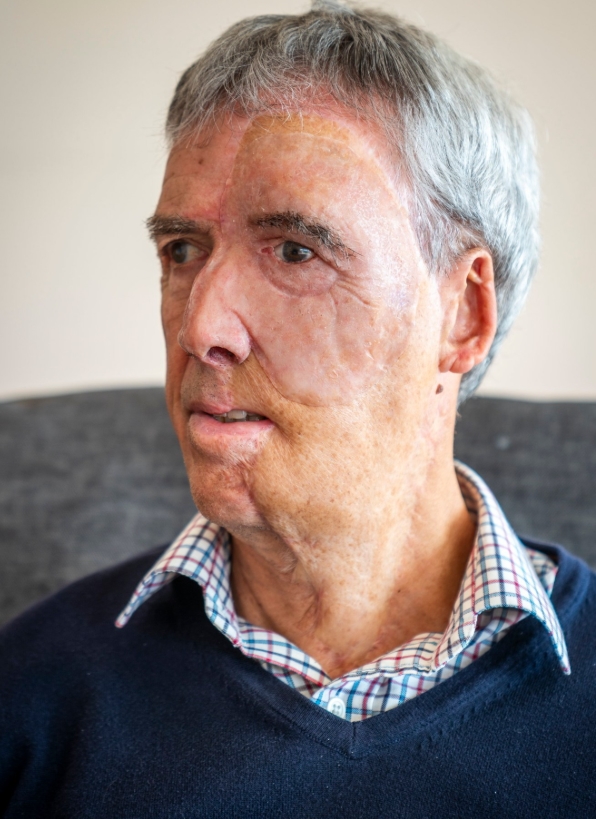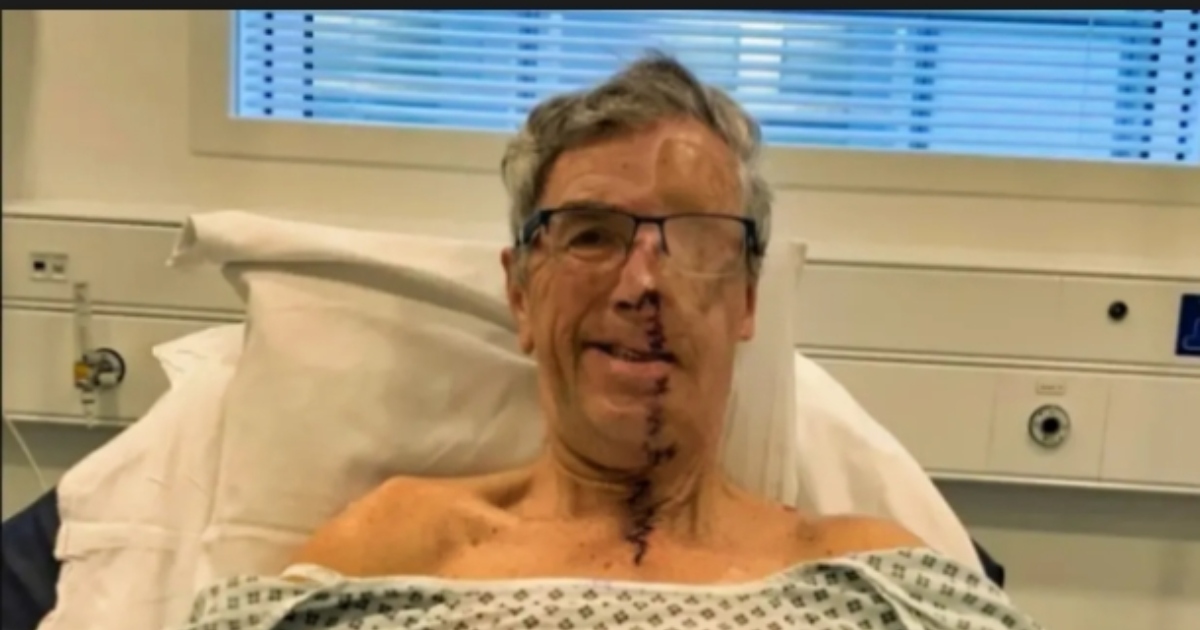When 75-year-old Devon cyclist Dave Richards looks in the mirror today, he sees not only a survivor, but living proof of how far medical innovation — and human resilience — can go. In July 2021, Dave and two friends were cycling near Mere when a drunk driver, distracted by his phone, ploughed into them at speed. His friends were thrown clear. Dave wasn’t. He was dragged underneath the vehicle, the engine burning through one side of his face as the other was crushed.

He suffered full-thickness facial burns, a broken back, shattered ribs, and a fractured pelvis. Surgeons fought to save his eye but ultimately removed it to prevent infection from spreading to his brain. A complex free-flap surgery followed, along with multiple procedures to release tightened scar tissue.

During recovery at Bristol Royal Infirmary, Dave met specialists who introduced him to a groundbreaking possibility: a custom, lifelike prosthesis created through the NHS’s new 3D Medical Centre at Frenchay. When the centre opened, he became one of its very first patients — and the first to receive a 3D-printed facial prosthesis matching his exact skin tone, hair, and even eye colour.

The journey wasn’t easy. Mold-making required layers of wax, casts, and claustrophobic impressions covering his nose and mouth. Later, a 3D-printed neck splint softened scar tissue, making it easier to wear the prosthesis. “After a week, I was amazed,” Dave said.

But the physical recovery was only part of the battle. “In the early days, I felt very vulnerable,” he admitted. “I struggled with my appearance, with how people might look at me. It took me a long time to rebuild that confidence.”
Still, resilience has been a lifelong habit. Just five months after the crash, Dave climbed back onto a bike indoors, slowly regaining strength. What frustrates him still is the drunk driver’s reduced sentence — just 18 months served. “I very nearly lost my life,” he said. “I live with the pain every day.”

Yet optimism remains his compass. “I’m glad I followed this treatment process — it’s got me to where I am today. I’ve always said: if there’s a benefit and the risks aren’t too high, I’ll try anything.”
For Dave Richards, hope isn’t abstract. It’s engineered, printed, worn — and carried forward with every mile he rides.
